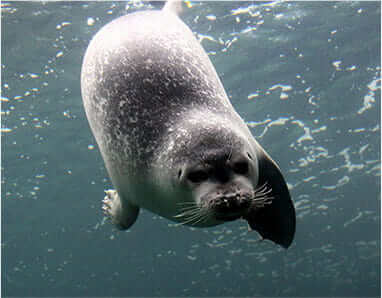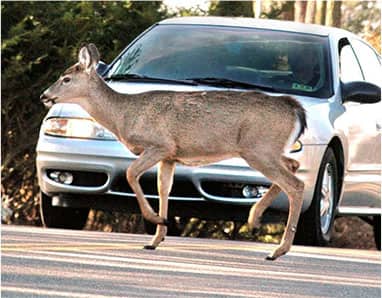GenusWave designs and manufactures sound technologies that benefit both animals and people. Our first breakthrough, Targeted Acoustic Startle Technology (TAST), emits a sound that keeps predatory seals from salmon farms and fisheries – without harming the seals or the salmon.
Light-years more advanced than primitive acoustic deterrent devices (ADDs), TAST meets every requirement of the U.S. Marine Mammal Protection Act (MMPA) and is the only acoustic deterrent approved by the influential and highly regarded Aquaculture Stewardship Council (ASC).
Our second breakthrough, Sea Lice Defence Technology (SLDT), emits a unique sound that interferes with the ability of sea lice to recognize and target salmon, stopping salmon from becoming a host. This specific sound disrupts the host identification and host attachment processes that sea lice must go through to complete their life cycle. SLDT will be available this summer.
To learn more, explore Sea Lice Defence Technology or contact us.
TAST can be calibrated to affect only the targeted predator species, including seals.

Oceans have noise pollution. TAST provides a quieter alternative to primitive acoustic deterrent devices.

TAST and SLDT help fish farms minimize the financial costs of lost catch due to seal predation and sea lice infestation.


The Aquaculture Stewardship Council (ASC) has approved TAST for use on all ASC certified farms.


Unlike conventional ADDs, TAST provides long-term protection because seals won’t habituate to it.


We help salmon farmers comply with the Marine Mammal Protection Act and other environmental regulations.


GenusWave’s technologies don’t cause habitat exclusion or hearing damage in non-target species.


Hungry seals prey on farmed salmon, ravaging schools and stressing the captive fish. What is TAST, and how can it stop the damage?

As the implementation of the US Marine Mammal Protection Act approaches, salmon farmers and commercial fisheries need to prepare.

GenusWave scientists tested the long-term effectiveness of a deterrence system, harnessing the startle reflex in phocid seals at a marine salmon farm.

Deer-vehicle collisions are a serious threat to road safety, causing about 200 deaths per year and $1.1 billion in damages.